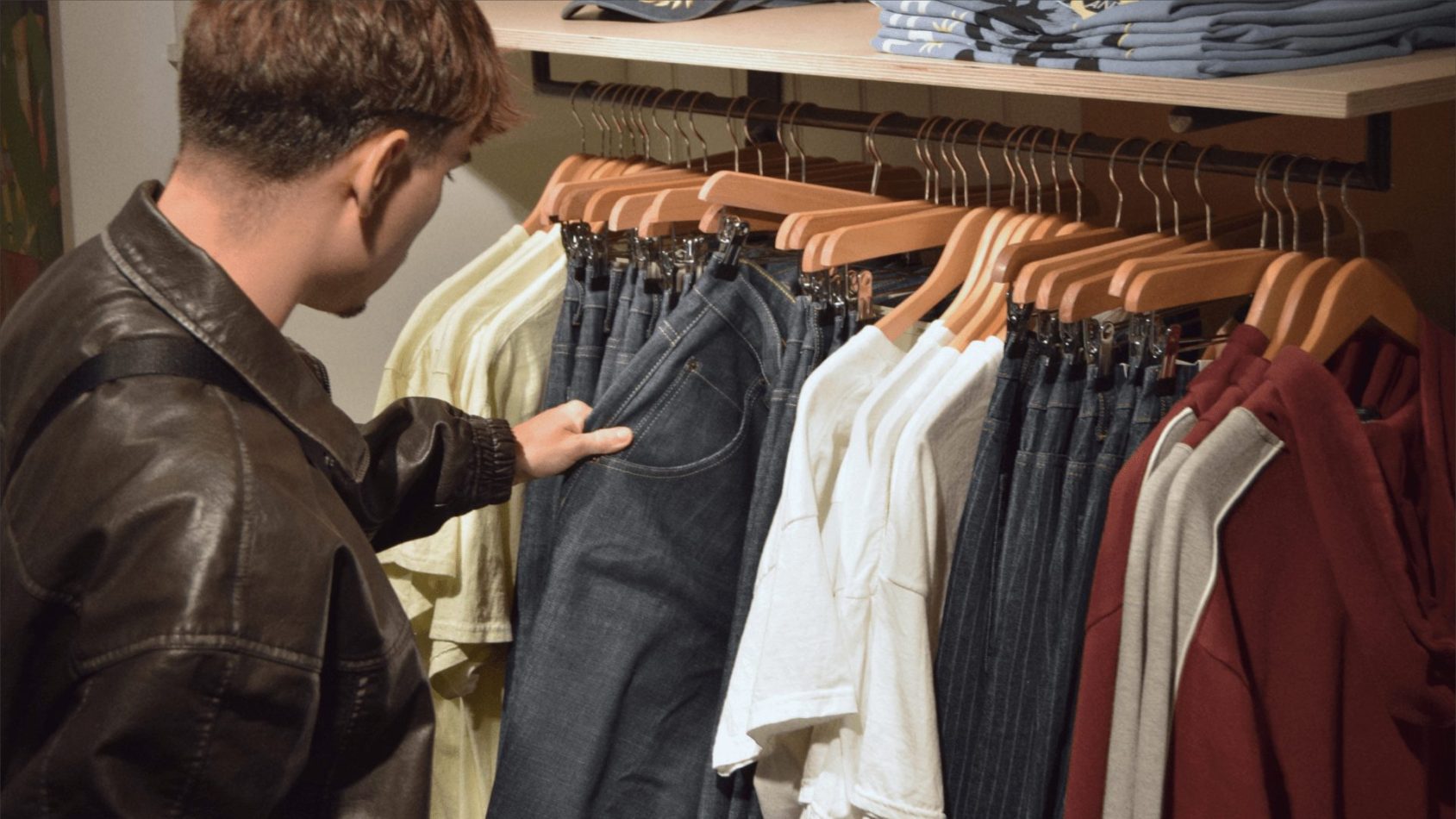In the complex world of supply chains, there’s a metric quietly shaping wholesale success. The fashion industry uses countless KPIs to assess performance: profit margins, cash flow ratios, cost of goods sold and more. But there’s one crucial KPI that’s often overlooked and is quickly becoming one of the most important in a loyalty-focused retail landscape: order fill rate.
Let’s start with the basics.
Order fill rate isn’t just a measure of operational efficiency. It’s the metric that ultimately determines trust and revenue. It’s a powerful indicator of how well your business understands demand, manages inventory and serves retailers, distributors, franchisees, etc.. But the truth is, a lot of wholesalers don’t even really track order fill rate, let alone harness the power of AI to help solve the problems related to it.

So, what exactly is the order fill rate?
The order fill rate simply refers to the percentage of retail orders that can be immediately and completely fulfilled using stock that is available to ship; from warehouse to store, it’s the ability to satisfy store distribution orders without delay and in its entirety. A high fill rate means lower lost sales and happy retailers whose orders ship quickly. A low fill rate means stockouts, shipping delays and shaky client relationships. These are problems no brand can afford in today’s competitive market.
This is where AI comes in. AI is revolutionizing how fashion brands manage multi-channel inventory, predict demand and maximize fulfillment without wasting resources.
Improving Order Fill Rates: The New KPI for B2B Wholesale Success
In B2B wholesale, improving your order fill rate is one of the most important measures of success. Why? Because loyalty today is built on reliability. If your business sells to department stores, independent retailers, franchises and ecommerce sites, every order matters as every sales channel matters. When a buyer places an order, whether it’s a big box retailer or a franchisee in another region, you need to ask “Are you able to deliver on time and in full?”
If the answer is no, that lost sale is just the beginning. Unfulfilled orders because of inadequate inventory levels, leads to clients fighting for the same inventory, damaging relationships and margins. Clients notice when their orders get delayed, short-shipped or canceled, and it impacts their trust. Building a strong rapport not only encourages repeat business but could also mean more shelf space for your products—winning higher priority as they expand multi-brand partnerships.
The reality is simple: clients are happy when you don’t take their inventory away from them. Improving fill rates means efficient multi-channel management—having enough of the right inventory available, keeping every channel and every customer satisfied.
How AI Fits Into Market Week—and Why It Matters More Than Ever
Market Week is one of the most exciting times in the fashion industry, when buyers and wholesalers come together to network and negotiate, preview and place orders for the upcoming season. While exciting, this period is paramount and highly stressful—this series of events set the stage for fashion. Buyers need to plan as accurately and quickly as possible to place orders that account for potential demand in the next six months or so. Brands need to continuously run available-to-sell (ATS) reports and ensure buyers get the products they need.
For wholesalers, this is a high-stakes moment. They commit to producing garments in bulk based on projected orders, carrying the significant financial risk of manufacturing inventory upfront; accuracy is critical for cut-to-forecast processes. Underproducing leads to lower fill rates and lost sales. Overproducing leads to capital tied up in excess inventory and a hidden opportunity cost from products that might’ve been sold but weren’t produced due to budgets.
This is where AI is making a difference. By analyzing past sales patterns, real-time demand signals and cross-channel behavior, AI tools can help brands make smarter production decisions. Instead of relying solely on Excel or limited buyer feedback, brands can better track inventory, forecast with greater accuracy, make dynamic decisions and protect their bottom line.
AI Moves Beyond Forecasting: Smarter Distribution in Real Time
In wholesale, order fill rate measures how effectively a business fulfills client orders against the total demand it receives. A high fill rate reflects a strong ability to meet customer needs and protect retail relationships. While every business would love to hit a perfect 100%, in practice, healthy fill rates typically range between 90% and 95%, with top-performing companies reaching 97% to 99%; 1% of improvement results in millions in additional profit.
Success in wholesale fashion doesn’t have to be reserved for a select few. AI is helping level the playing field, giving even medium sized brands the tools to compete smarter, not just harder.
AI helps businesses move beyond rough forecasting and into real-time planning. Instead of guessing, AI models can continuously monitor order patterns, regional demand shifts and channel performance. Ultimately, AI empowers brands with actionable, real-time inventory optimization, giving them the power to serve every client better, protect their margins and grow more sustainably.
Integrated AI: The Key to Smarter, Seamless Wholesale Operations
Choosing the right AI solution is just as important as using AI in the first place. Efficient multi-channel management requires AI tools that address the needs of each wholesale route as sales channels have their own unique challenges. To see real results, brands need a fully integrated AI system, not just an add-on module.
An integrated solution doesn’t rely on a team of analysts to interpret data and make manual adjustments. It continuously analyzes, predicts and optimizes behind the scenes, allowing staff to simply adjust and act on clear insights. By contrast, retrofitting AI into an outdated system usually leads to limited improvements and missed opportunities. A true AI-driven platform is built from the ground up, and fine-tunes over time by incorporating industry best practices, designed to connect seamlessly across wholesale operations from planning to forecasting to inventory management, so that every decision is faster, smarter and more aligned with client demand.
At the end of the day, the brands who succeed will be the ones who can deliver what retailers want, when they want it, without compromising relationships or profitability. Managing inventory well has always been a critical part of the business, but today’s market demands a smarter, faster, more precise approach. Order fill rate is a clear reflection of your ability to meet demand and build loyalty across every channel you serve. With the AI right tools in place, wholesale brands can go from surviving to thriving in an increasingly competitive industry.
Read the original article in the AI Journal here.
To learn more about how your team can improve order fill rates, email us at info@7thonline.com or book a demo with our team.






